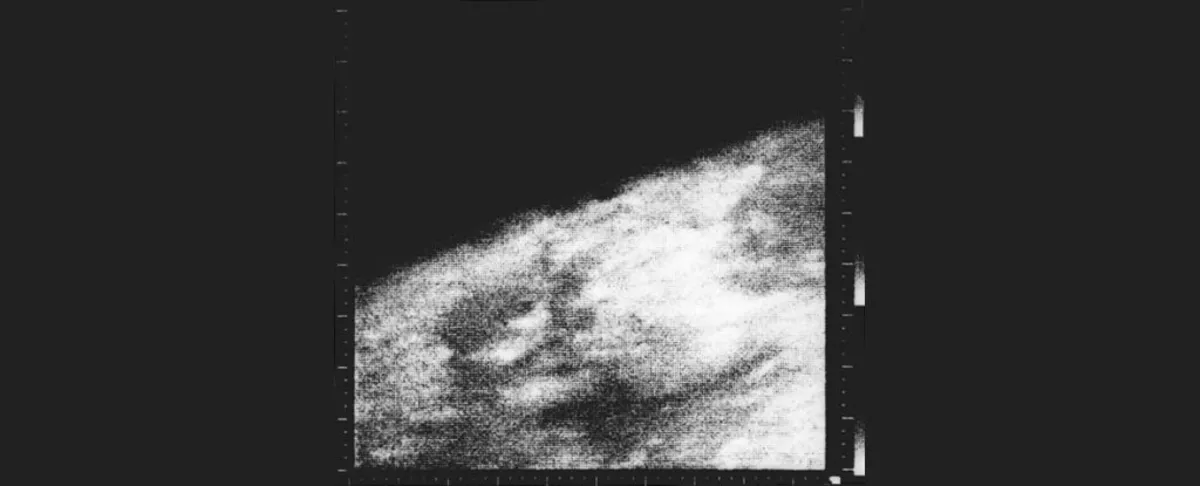
On 15 July 1965, NASA's Mariner 4 spacecraft made an unprecedented mark in the history of the Solar System by successfully flying by Mars. During this historic encounter, the spacecraft's onboard camera captured 22 images of the Martian surface, sending them back to Earth. These images were not only the first close-up photos of Mars taken by humans but also the first photographs of any planet obtained from a position in deep space. The stunning visuals revealed a vast, dry, and heavily cratered landscape, completely transforming our understanding of Mars and the potential for life on the planet.
Launched on 28 November 1964, Mariner 4 embarked on a nearly eight-month journey to Mars. The spacecraft was meticulously designed to conduct a thorough study of the Red Planet and transmit its findings back to Earth, covering millions of miles through the void of space. By the time Mariner 4 approached its destination, Mars and Earth were separated by approximately 220 million kilometers (or 136 million miles), a distance that radio signals traveled in about 12 minutes.
The operations team at NASA's Jet Propulsion Laboratory faced unique challenges in communicating with Mariner 4. They had to time their commands precisely, accounting for the 12-minute delay in signal transmission. This careful orchestration ensured that the spacecraft was in the optimal position to perform tasks, with the team waiting patiently for each picture to be relayed back across the vast distance, a process that took a total of four days.
Finally, the moment arrived when the first image was displayed back on Earth. After a six-hour wait for the transmission of 40,000 pixels, excitement turned to confusion as the image revealed what appeared to be a cloud just above the Martian limb. Initial skepticism led many to believe it was a flaw in the camera lens. However, as the late Bill Momsen, a Mariner 4 engineer, recalled in 2002, it turned out that clouds do exist on Mars.
As the images continued to arrive, the team was astonished by the sight of a surface littered with craters, reminiscent of our own Moon. The initial excitement of capturing images was tempered by the realization that these first 22 photos represented only one percent of the Martian surface, focusing on a particularly cratered area. Over decades of further exploration, we have learned that Mars hosts a rich and varied landscape, from volcanic basalt plains to ancient river deltas.
While our knowledge of Mars has expanded significantly since that groundbreaking day in 1965, we have still only scratched the surface of what the planet has to offer. We now understand that water once flowed freely across its terrain and that volcanic activity was once prevalent, with the potential for ongoing processes deep within the planet. Mars is also home to captivating clouds, fierce storms, stunning sunsets, and dust devils that trace their paths across the dusty ground.
As we continue to explore and study Mars, the possibility remains that we may someday discover evidence of past life on this enigmatic planet. The legacy of Mariner 4 serves as a reminder of the incredible journey of planetary exploration and the ongoing quest to unlock the mysteries of our neighboring worlds.